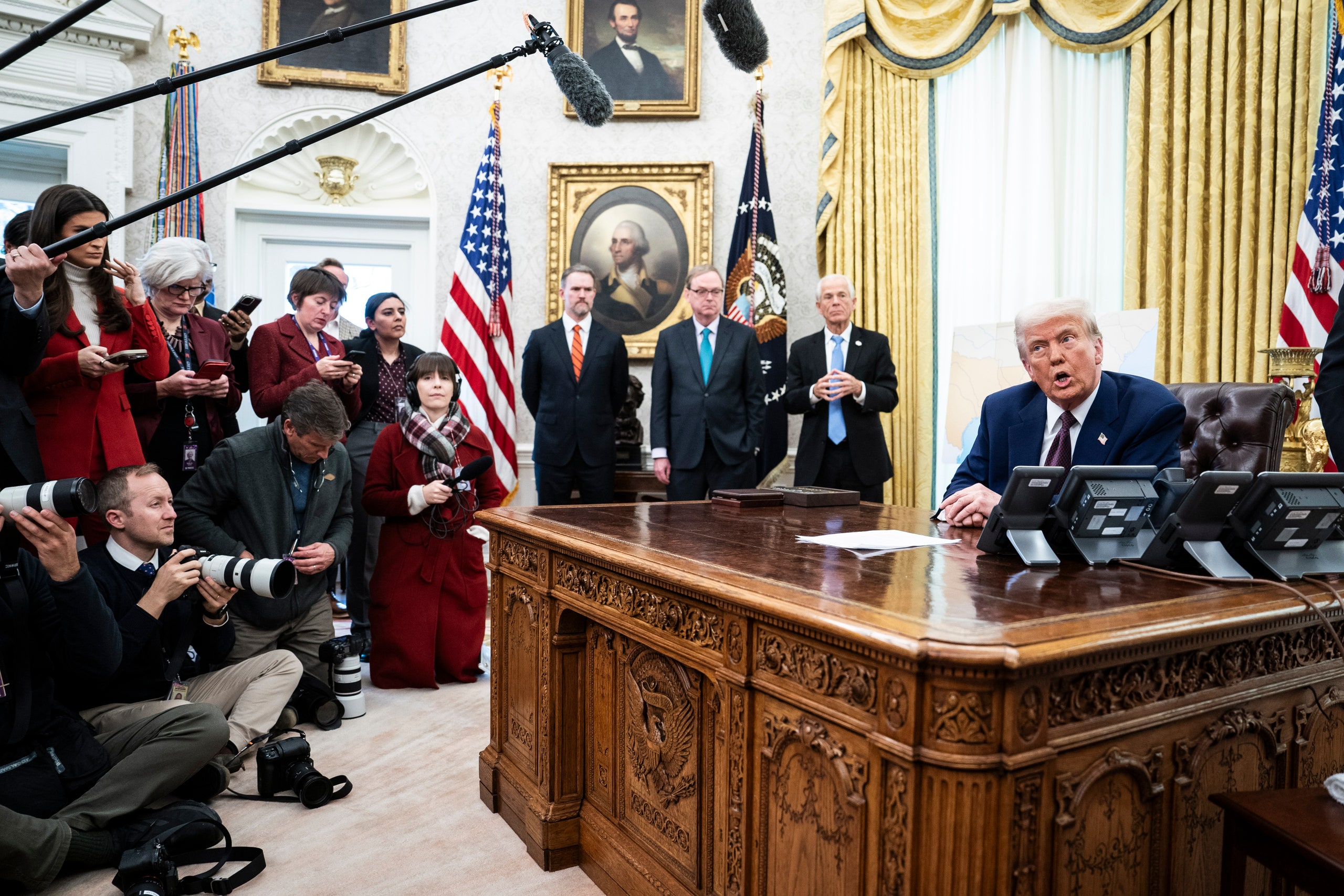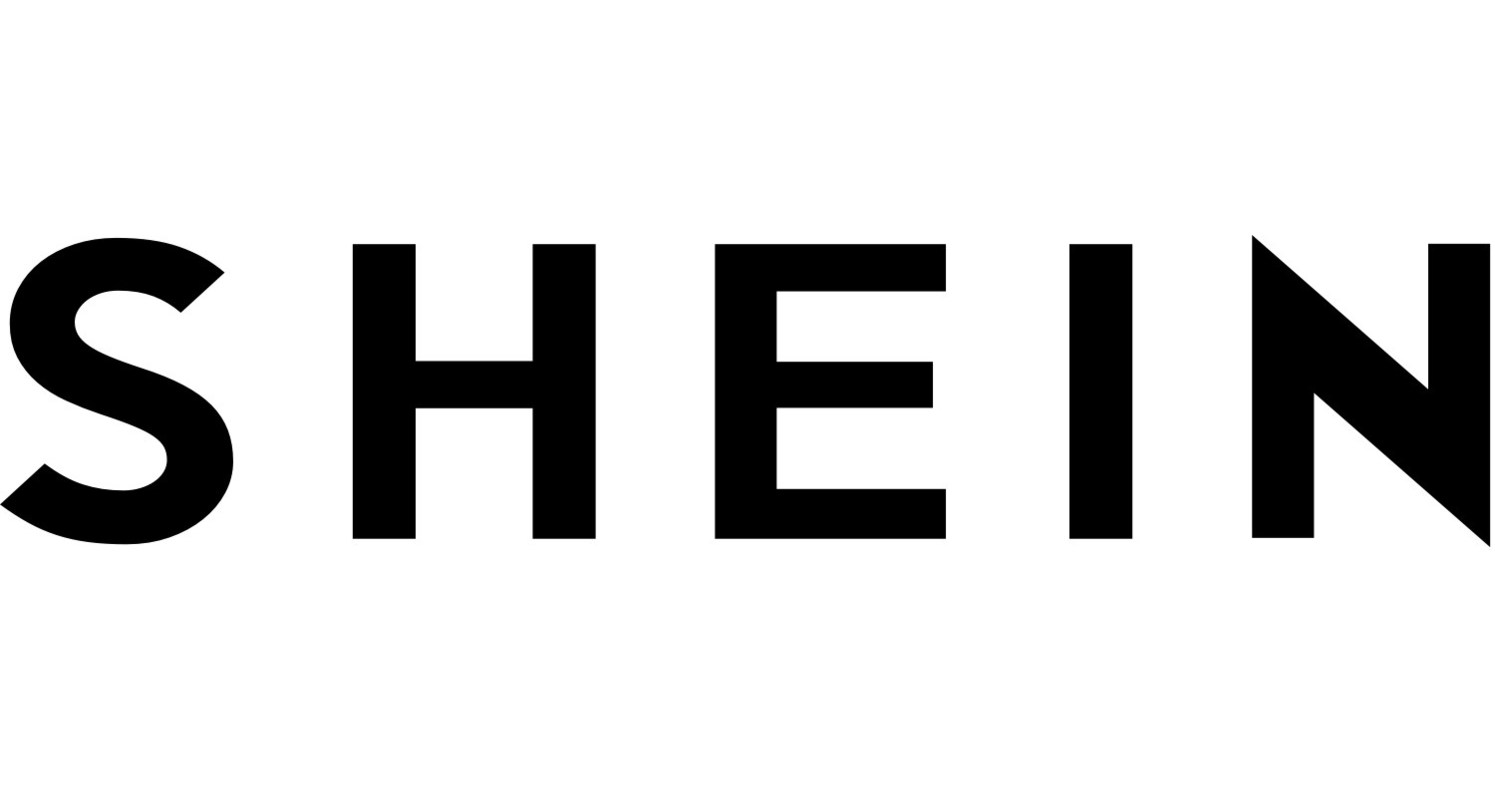Trump's Ban on AP Creates a Dilemma for Media Outlets | Vanity Fair

Donald Trump continued his standoff with the Associated Press for a third day Thursday, as his administration again barred the outlet from the Oval Office for not referring to the Gulf of Mexico by his preferred appellation: the Gulf of America. “I was very upfront in my briefing on Day One that if we feel there are lies being pushed by outlets in this room, we are going to hold those lies accountable,” White House Press Secretary Karoline Leavitt told reporters Thursday, insisting that it was a “fact that the body of water off the coast of Louisiana is called the Gulf of America.”
“I’m not sure why news outlets don’t want to call it that, but that is what it is,” Leavitt added. “It’s very important to this administration that we get this right, not just for people here at home but also for the rest of the world.”
The body of water in question has been known as the Gulf of Mexico for centuries, as the AP noted this week. But Trump—in a move that recalled the embarrassing “Freedom Fries” hubbub surrounding the United States invasion of Iraq—renamed it during his first day in office through an executive order, one of dozens he signed in front of a gathered press and television cameras. It was a supremely silly action, one that has no bearing on what the rest of the world calls the gulf. But it was enough to get Google and Apple to comply, as Leavitt noted in her briefing Thursday while demanding that news outlets follow suit.
But no media outlet is obligated to adhere to the language of the administration it covers, and barring reporters for such perceived transgressions has a “chilling effect” on press freedoms. “Prohibiting journalists from access because of their editorial decisions is viewpoint discrimination,” Eugene Daniels, president of the White House Correspondents’ Association, said in a statement Thursday. “This is a textbook violation of not only the First Amendment, but the president’s own executive order on freedom of speech and ending federal censorship.” That violation carries broad implications: As the AP’s executive editor, Julie Pace, emphasized Tuesday, restricting the agency’s White House coverage “severely impedes the public’s access to independent news.” And while this dust-up is absurd in its particulars, the message to outlets is clear: Access is a “privilege,” as Leavitt put it, and one that will be revoked if the administration doesn’t like what’s being reported.
It's hardly the first time an administration has tried to restrict coverage. Richard Nixon had a notoriously contentious relationship with the press, placing a number of reporters on his enemies list and infamously barring at least one journalist, Stuart Loory, from the White House. During Trump's first term in 2018, the president cut off then CNN reporter Jim Acosta’s credentials, triggering a lawsuit from the network that was quickly dropped when the White House restored his access. And Barack Obama, in 2009, made the Treasury Department’s Ken Feinberg available to the entire network pool—except Fox News. Every other network came to Fox’s defense, saying they wouldn’t interview Feinberg if the conservative outlet was barred. Eventually, the Obama administration relented.
But would the threat of a similar boycott work this time around?
On the one hand, Trump is a creature of the media who—for all his carping about the “fake news”—loves talking to the press, particularly if there are cameras involved. He didn’t narrate his Day One executive actions for a scrum in the Oval Office because of some deep commitment to the First Amendment; he did it because he likes having all the limelight. Can he really abide the thought of people not watching him perform the actions of the presidency?
Maybe not. Which is why it’s also possible, as Brian Stelter suggested Friday, that the administration is simply seeking to replace the pool with friendlier outlets like One America News—something that has already been happening in Pete Hegseth’s Pentagon: “We have to be strategic,” a top AP editor told Stelter.
One way or another, though, the press must show solidarity—and resolve. After all, this is but a preview of bigger battles to come: Trump and his allies—such as Elon Musk, his top adviser, and Kash Patel, his soon-to-be-confirmed FBI director—seek to wield their wealth and power against those who would seek to hold them accountable. There will be tremendous pressure on outlets and organizations to bow; in some cases, networks already have. But this moment should be a clarion call. As Seth Stern of the Freedom of the Press Foundation put it, “I hope that news outlets Trump punishes by restricting their access to briefings, signings and the like will take the opportunity to double-down on hard-hitting investigations that don’t require access to ceremonies and spin sessions.”
Behind the scenes of Barron Trump's education and anointment
Stranger Things star Millie Bobby Brown talks about marriage and life on the farm
Exploring the power and glamour of Michelle Yeoh, Gwyneth Paltrow, and more
A look into Princess Diana's loves, heartbreaks, and true romances
Discovering JD Vance's journey to power on the Inside the Hive Podcast with host Radhika Jones
Exploring Smash's dazzling second act
Unveiling secrets from the JFK assassination files
The White Lotus Season 3 delves into the abyss
The story of the cancer scammer who became "One of the Most Hated Women in Australia"
Ranking every Steven Spielberg movie
From the archives: Secrets from Ava Gardner's three marriages




